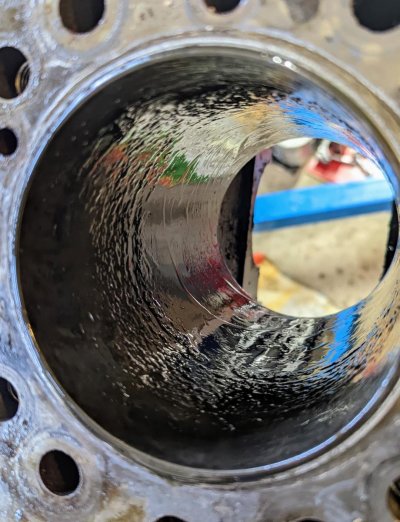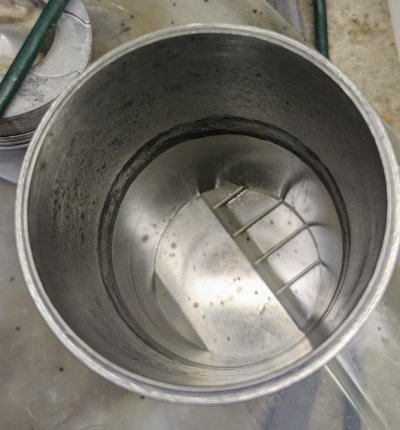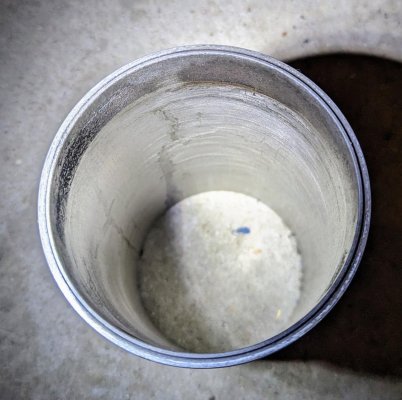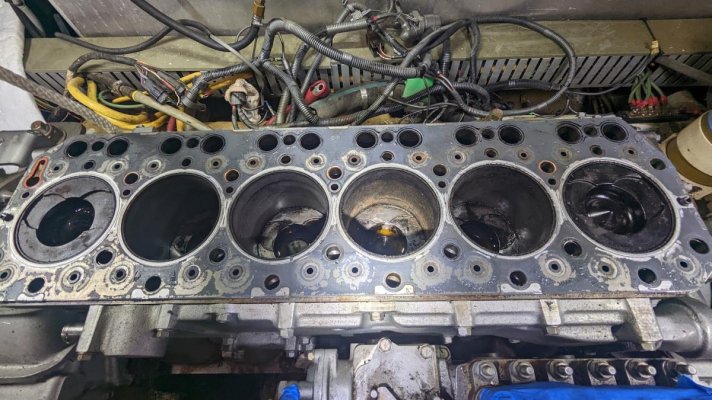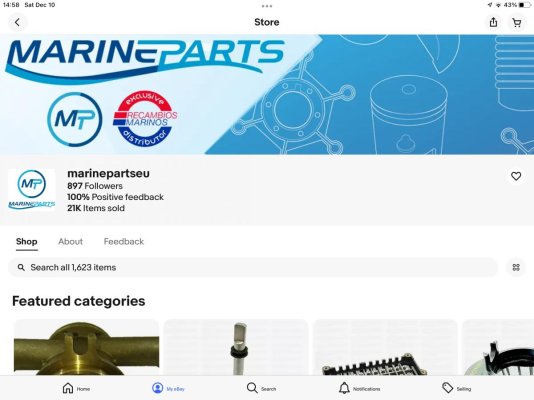twistedtree
Guru
Pistons come with the rings but not the liners. Have to order lines separately.
Why would this be if you MUST always replace pistons and liners together? I'm not buying that it's a must, especially on such a low hours engine. If the clearances all meet spec, then shouldn't it be fine?
Are all the liners damaged, or just some of them?
No doubt that replacing everything is the safest thing to do, so I don't mean to discourage you if that's your preferred path. But also keep in mind that replacing everything is certainly the lowest risk for a hired mechanic who is spending your money on the parts, not his.... So of course they will lean that way.

